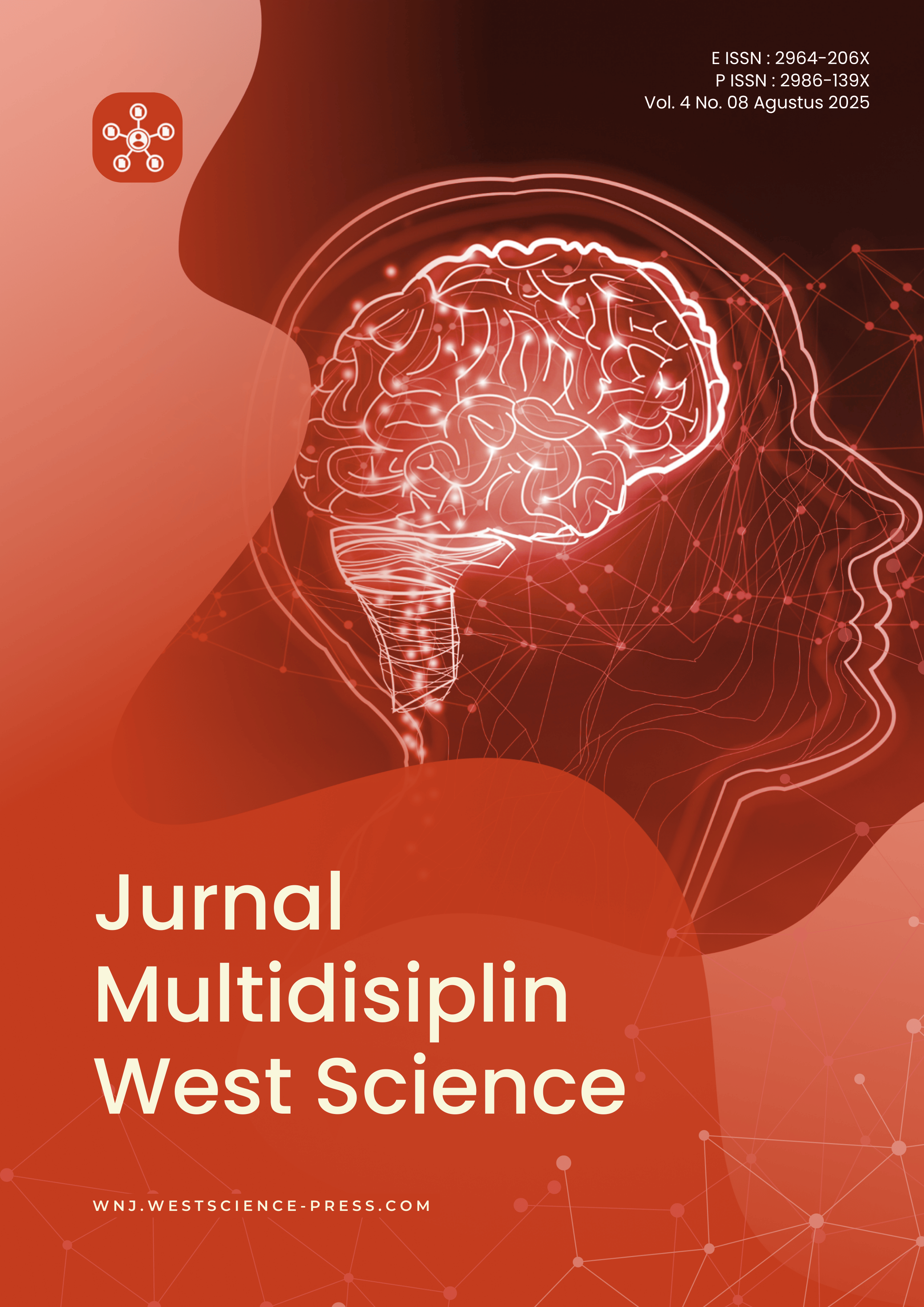Sacred Rhythm and Sunset Views: Elevating Uluwatu's Kecak Dance as a Cultural Tourism Icon
DOI:
https://doi.org/10.58812/jmws.v4i08.2532Kata Kunci:
Cultural, Dance, Kecak, Sacred, TourismAbstrak
This research explores strategic approaches to optimizing the management of the Half Day Sunset Over Uluwatu and Kecak Dance tour package at PT Destination Asia, aiming to boost tourist satisfaction—particularly by highlighting the artistic significance of the Kecak dance. A qualitative methodology was adopted, incorporating POAC (Planning, Organizing, Actuating, Controlling) and SWOT analysis frameworks. Data were collected through interviews, field observations, and questionnaires distributed to tourists who took part in the tour. The results emphasize that successful tour operations depend on meticulous planning, including the appropriate selection of tour guides, effective destination communication, and streamlined logistics. The SWOT analysis identified core strengths in cultural components, especially the Kecak dance, a distinctive Balinese performance rooted in Hindu epics, known for its hypnotic chanting and dynamic choreography. However, some challenges persist, such as discomfort for the audience during the show and technical inefficiencies in ticketing and crowd control. As the emotional and artistic centerpiece of the tour, the Kecak dance provides not only entertainment but also a deep cultural experience. To further enrich this experience, improvements in storytelling, stage aesthetics, and audience interaction are recommended. By implementing POAC strategies and drawing on insights from the SWOT analysis, PT Destination Asia can enhance its tour service quality, resolve current limitations, and deliver a more engaging and culturally enriching experience for visitors.
Referensi
Habsy, “Seni-Memahamai-Penelitian-Kualitatif-dalam-Bimbingan-dan-Konseling,” 2017.
Hadi and A. Eikman, “Kontribusi Pajak Hotel Dan Restoran Sebelum Dan Sesudah Pandemi Covid 19 Terhadap Pendapatan Asli Daerah (PAD) Kabupaten Lombok Barat,” Jurnal Ilmu Sosial dan Pendidikan (JISIP), vol. 5, no. 4, pp. 2598–9944, 2021, doi: 10.36312/jisip.v5i4.2642/http.
Hardani, “SINERGITAS ANTARA PEMANDU WISATA DAN OPERATOR TUR (Study Kasus di CV Gondes Karya Mandiri),” 2021, [Online]. Available: http://ejournal.bsi.ac.id/ejurnal/index.php/jp
Hariyanto, & Dame, and A. Sihombing, “Jurnal ALTASIA Tradisi Ritual Masyarakat Desa Rawabogo Ciwidey Sebagai Daya Tarik Desa Wisata,” 2019.
Lasmery Girsang, “KONSTRUKSI PESAN TARI ‘KECAK’ PADA MASYARAKAT BADUNG, BALI,” Th, vol. 4, no. 1, pp. 64–94, 2018, [Online]. Available: http://journal.ubm.ac.id/
Mulyadi and L. Sunarti, “FILM INDUCED TOURISM DAN DESTINASI WISATA DI INDONESIA,” 2019.
Prasetyo and S. Suryoko, “DAMPAK PENGEMBANGAN PARIWISATA TERHADAP PERKEMBANGAN UMKM PADA KAWASAN WISATA DIENG,” 2018. [Online]. Available: http://ejournal-s1.undip.ac.id/index.php/
Rijal Fadli, “Memahami desain metode penelitian kualitatif,” vol. 21, no. 1, pp. 33–54, 2021, doi: 10.21831/hum.v21i1.
Rimbano et al., “The Application of POAC Management in the Tourism Sector in Post-Pandemic Economic Recovery Based on E-Commerce,” European Journal of Theoretical and Applied Sciences, vol. 1, no. 3, pp. 55–64, Jun. 2023, doi: 10.59324/ejtas.2023.1(3).06.
Suarto, “PENGEMBANGAN OBJEK WISATA BERBASIS ANALISIS SWOT.”
Wantara and S. A. Irawati, “Relationship and Impact of Service Quality, Destination Image, on Customer Satisfaction and Revisit Intention to Syariah Destination in Madura, Indonesia,” European Journal of Business and Management Research, vol. 6, no. 6, pp. 209–215, Dec. 2021, doi: 10.24018/ejbmr.2021.6.6.1192.
Unduhan
Dimensions
Diterbitkan
Terbitan
Bagian
Lisensi
Hak Cipta (c) 2025 Pande Luh Putu Maharani Jayanti Wardana, Putu Ayu Aryasih, Made Darmiati

Artikel ini berlisensiCreative Commons Attribution-ShareAlike 4.0 International License.






















 Instagram
Instagram 